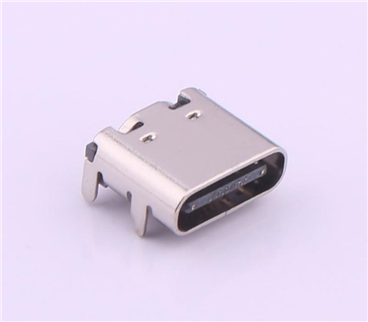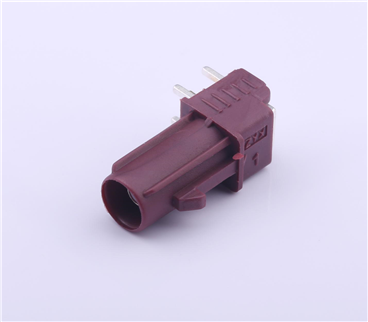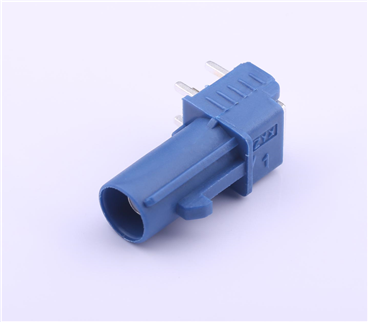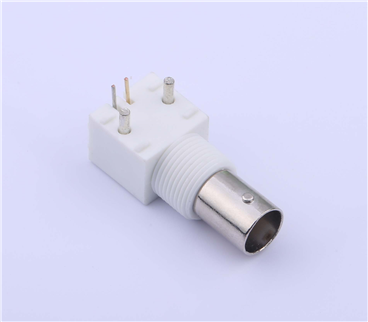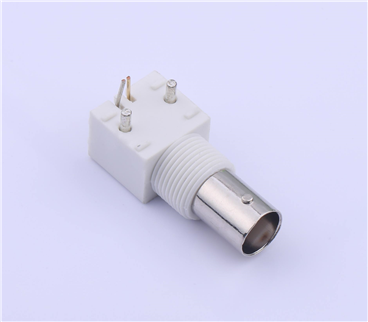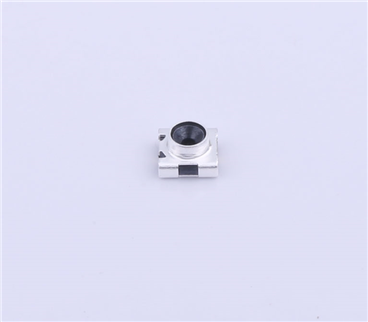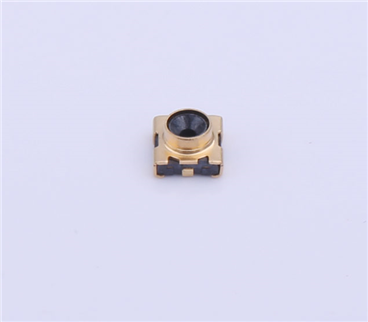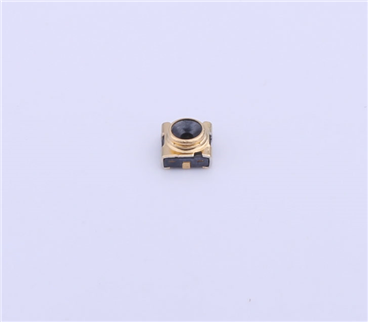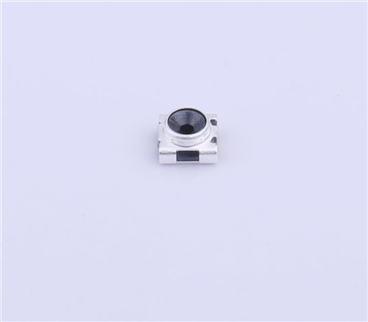Service hotline
+86 0755-23615795
Release date:2025-06-11Author source:KinghelmViews:3439
Antennas have several critical parameters, which can be broadly categorized into electrical, physical, and environmental factors:
· Operating Frequency: The range of frequencies within which the antenna functions effectively. For example, GPS antennas typically operate around 1.5 GHz, while WiFi antennas operate at 2.4 GHz or 5 GHz.
· Gain: Measures the antenna's ability to focus input power into a specific direction. It’s usually expressed in dBi or dBd. Higher gain means stronger signal reception or transmission in a given direction, such as with high-gain base station antennas that extend signal range.
· Directivity: Refers to how the antenna radiates or receives electromagnetic waves in different directions. Antennas can be omnidirectional (radiating equally in all directions) or directional (focused in a specific direction). Omnidirectional antennas are commonly used in scenarios requiring full coverage, like indoor routers, while directional antennas are ideal for point-to-point communications.
· Input Impedance: The ratio of voltage to current at the antenna’s input terminal. Proper impedance matching with the feedline ensures maximum power transfer and minimizes reflection. Common input impedances are 50Ω and 75Ω.
· Standing Wave Ratio (SWR): Measures the match between the antenna and the feedline. The closer the SWR is to 1, the better the match, resulting in efficient energy transfer. SWR greater than 2 indicates poor matching.
· Polarization: Describes the orientation of the antenna’s electric field when transmitting or receiving signals. It can be linear (horizontal or vertical), circular, or elliptical. For example, TV broadcast antennas often use horizontal polarization, while satellite communication uses circular polarization due to its resistance to interference.
· Size: The antenna’s dimensions influence its installation and application. For instance, mobile phone antennas must be compact to fit inside the device, whereas satellite communication antennas may have diameters of several meters.
· Weight: The weight of the antenna is crucial in mobile or weight-sensitive applications, such as drone-mounted antennas, where minimizing weight is essential for optimal performance.
· Materials: The material of an antenna affects its conductivity, corrosion resistance, and mechanical strength. Common materials include copper, aluminum, stainless steel, and various composite materials designed for specific applications.
3) Environmental Parameters
· Bandwidth: Refers to the range of frequencies the antenna can handle while maintaining effective performance. A broader bandwidth allows the antenna to support multiple frequency bands, making broadband antennas suitable for various communication systems.
· Efficiency: The ratio of radiated power to input power. High-efficiency antennas convert more input power into radiation, minimizing energy loss. Factors such as materials, structure, and manufacturing processes impact efficiency.
· Noise Figure: Indicates how much noise the antenna adds to received signals. A lower noise figure means better signal quality and sensitivity, which is critical for applications requiring precise signal reception, like radar or satellite communications.
· Power Capacity: The maximum input power the antenna can withstand. Exceeding the power rating may damage the antenna or degrade its performance. Antennas in high-power systems, like radar, require high power capacity to ensure reliability.

About Kinghelm
Kinghelm is a leading provider of high-quality electronic components,including RoHS-compliant antennas, wires, plug-ins, switches, and connectors. With over 17 years of experience, the company serves industries including automotive, telecommunications, industrial automation, medical devices, and consumer electronics. Kinghelm is known for its durable, reliable components that meet international standards and are used in applications ranging from renewable energy to IoT devices.
